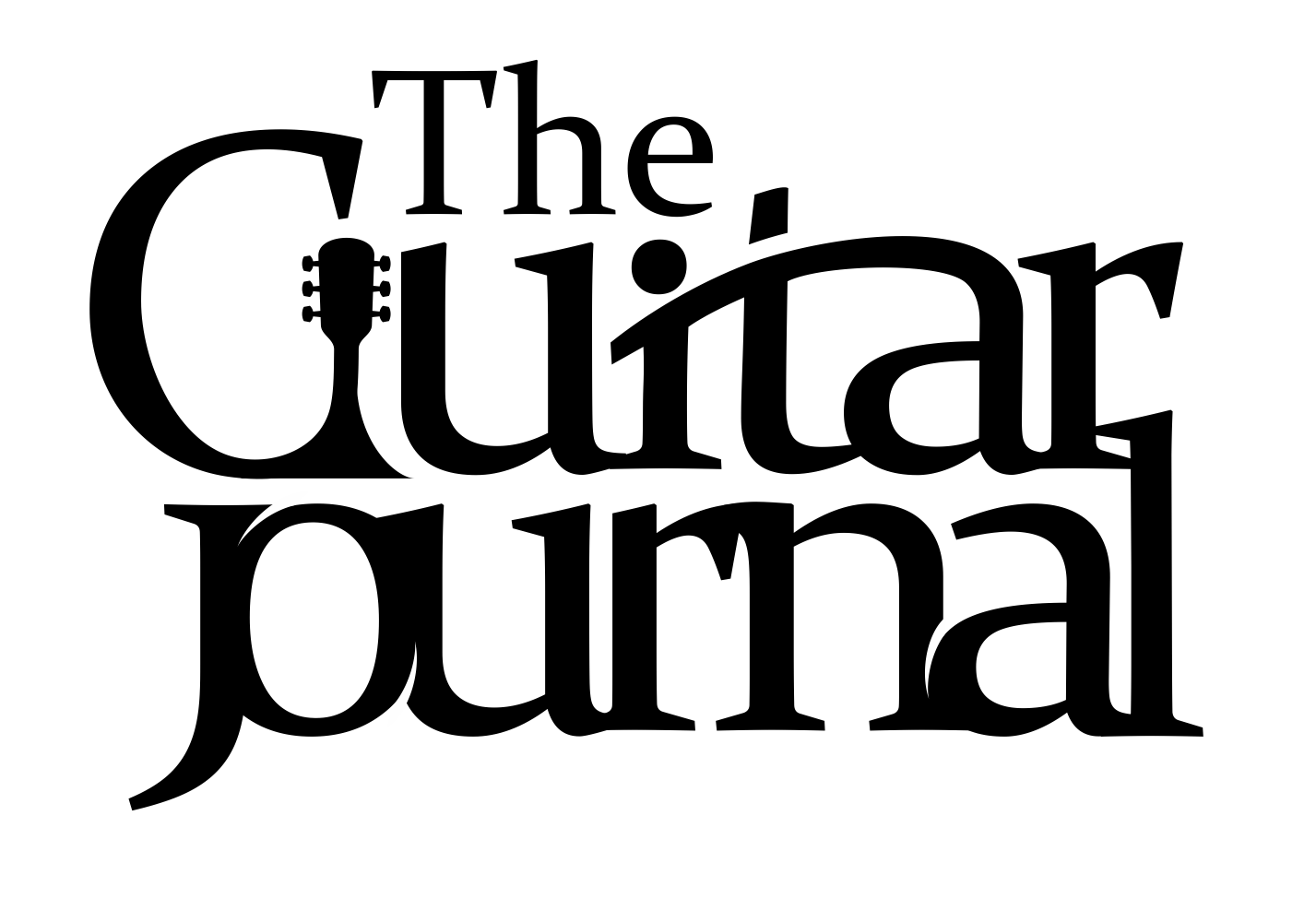How To Barre The Dreaded F-Chord For Beginners
Learn how to barre the dreaded F-barre chord that has stopped many beginners from advancing and learn how to practice it effectively and efficiently so that you can play your favorite songs.
How To Barre The Dreaded F-Chord For Beginners
The dreaded F-chord is one of the hardest chords for beginner guitar players to learn.
Once you feel comfortable playing simple guitar songs with open chords, you will eventually come across the common F-chord or B-barre chords where you have to play them if you want to play harder song.
But no matter how many times you try, it comes out buzzy and your fingers are hurting.
That’s why in this guide I am going to show you how to barre that F chord and slowly train your fingers the right way so that you can barre that chord.
So let’s get started.
Why Should You Care About Learning The F Barre Chord?
The reason you want to learn how to play F barre chord is because they are a very common chord in many styles of music.
You see it in pop, rock, blues and even metal core songs.
That's why just learning how to barre F chords opens up the doors for you to barre other chords down the fret towards your journey of becoming a pro guitarist.
So let's get started on training your fingers effectively so you can get them down in the shortest time possible.
1. Twist Your Index Finger When You Barre The Chord
One thing to help improve how you play barre chords is making sure your finger is in the right position.
When your finger is in the right position, it makes it easier to barre the chord because you aren't fighting the string and it will also make your fingers less sore.
You want to twist your finger so that your finger is slightly sideways using the side of your finger (the bony part) as that gives it more leverage to push down the strong.
It's going to hurt, but you will get used to it over practicing and you won't even feel it anymore.
2. Start At The Highest Fret And Work Towards The First Fret
Another mistake I see people doing is that they go straight for the first fret when practicing barre chords which isn't the most effective.
The reason it's not as effective is because it will make it easier for your finger, starting at the first fret.
Think of it like this...
Starting on the first fret is like doing 50 lb bicep curls when you haven't gone to the gym before.
The resistance is too high for your fingers, which may cause injury and you need to slowly build up the strength so that you can eventually do it effortlessly.
That's why you want to start with the higher frets, where you notice that it will be easier to push down the strings even if your fingers aren't as strong because there's less resistance.
And when you push it down, you want to make sure that it makes a clean sound before moving up the fret.
This is a simple practice that you want to do so that you are eventually strong enough to do it on the first fret.
3. Take frequent breaks when you’re starting out
This is something I noticed along my guitar journey but you want to take frequent breaks when you're starting out learning barre chords because it will help your fingers recover.
I noticed my fingers would last only 5 minutes, but then they would recover pretty fast within an hour, where I can practice again for another 5 minutes before needing to take a break.
So instead of practicing barre chords for 5 minutes a day, I could increase it to 10 minutes a day without my fingers feeling fatigue, which made it easier to learn how to barre chords.
Plus, if you have any pain in your hand or finger area during practice, then that should also serve as an indicator that you need more time off before practicing again.
4. Position Your Thumb Correctly
The thumb is something that most people don't think, but it has a lot of leverage in playing barre chords.
The way to position your thumb is to make sure that it is behind the string you are trying to push to create the most leverage.
Then you want to make sure that it is along the middle of the board and right behind your finger to put the maximum effort with the least amount of strain.
When you do this, you build in the proper habits of playing the barre chord with the least amount of force necessary.
Of course, you also would need to trim your fingernails so that your nails don't start digging into the guitar, including your thumb as well.
You also want to remember that if you flatten your thumb, you will lose a lot of power, as you aren't pushing from your hand muscle but just your thumb. So make sure your thumb is pointed when it's pressing down behind the fretboard.
Conclusion
I hope this blog post was helpful in helping you overcome the dreaded F-Barre Chord for beginners so that you can effectively practice in the shortest amount of time to work on those guitar chords.
Let me know in the comments below if you have any questions or how long it took you to learn the F-Barre Chord.

Anthony Nebel
Hey, I’m Anthony and I have been a musician for over 10+ years now. I started to learn piano when I was a kid and later transitioned to singing and playing the guitar.
If you have any questions, let me know in the comments below.
